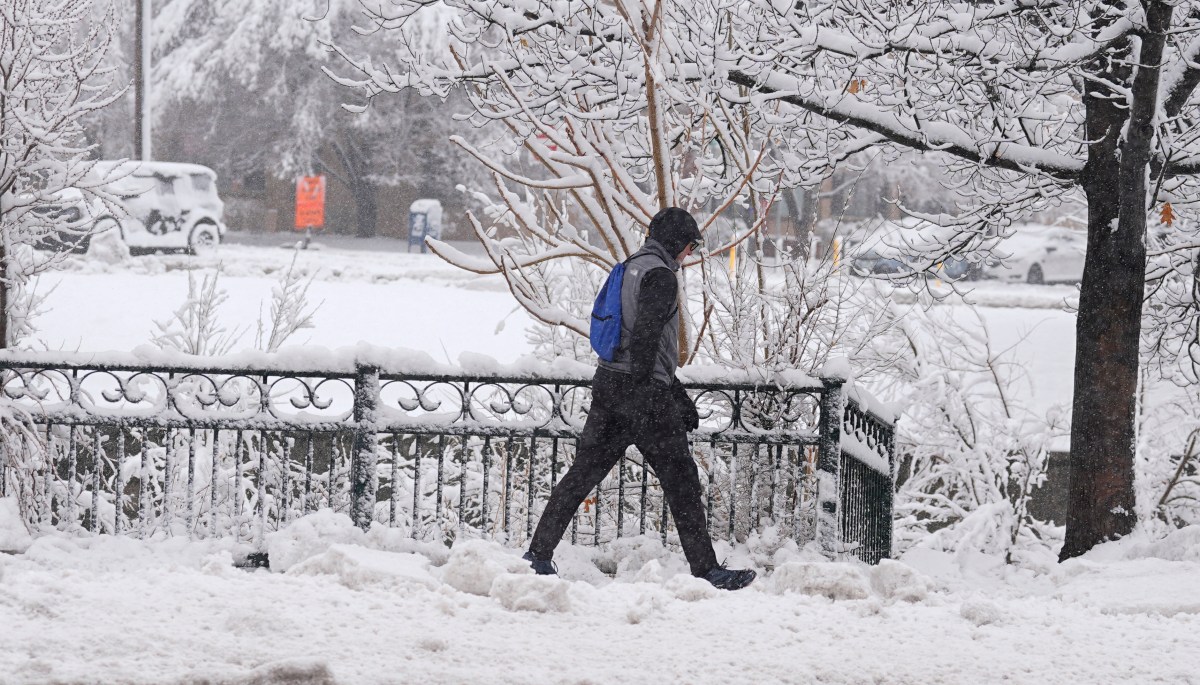Unraveling the Fury: A Deep Dive into Severe Winter Storms Set to Pummel the U.S.
As the U.S. braces for a powerful winter storm, forecasts predict a mix of heavy snowfall, ice, rain, and severe thunderstorms. The impending weather system has already started to raise alarms in various regions, with meteorologists warning of significant disruptions to daily life. Residents are urged to prepare for the potential impact on travel and safety. Understanding the dynamics of these severe winter storms can help individuals and communities better cope with the challenges they bring.
The Anatomy of a Winter Storm
Winter storms are complex systems that arise from the interaction of cold, dry air moving southward and warm, moist air moving northward. This clash creates the perfect conditions for snow, sleet, and freezing rain. The severity of a winter storm depends on several factors, including temperature, humidity, and wind patterns. Meteorologists categorize these storms based on their precipitation types:
- Snowstorms: Characterized by heavy snowfall, these storms can accumulate several inches quickly, leading to hazardous travel conditions.
- Ice Storms: These occur when rain falls and freezes upon contact with cold surfaces, creating dangerous ice layers on roads and sidewalks.
- Sleet Storms: Similar to ice storms, sleet involves frozen raindrops that create slippery conditions.
- Mixed Precipitation: These storms combine rain, snow, and ice, making them particularly difficult to navigate.
Current Forecasts and Expected Impacts
The latest forecasts indicate that a significant winter storm will make its way across the Midwest and Northeast regions of the U.S. over the next few days. Areas like the Great Lakes and the Appalachian Mountains are bracing for heavy snowfall, while states in the southern U.S. may experience icy conditions and severe thunderstorms.
Weather experts have noted that this storm is likely to impact travel significantly. Airports could face delays or cancellations, and road conditions may become treacherous. As the storm approaches, residents should take the following precautions:
- Stay Informed: Regularly check local weather updates and alerts.
- Travel Wisely: If travel is necessary, allow extra time and maintain a safe distance from other vehicles.
- Prepare Your Home: Stock up on essentials such as food, water, and medications.
- Have an Emergency Kit: Include flashlights, batteries, blankets, and a first-aid kit.
Historical Context: Learning from the Past
Winter storms are not new to the U.S., but their frequency and intensity seem to be increasing. Historical data shows that severe winter storms have caused significant disruptions in the past, from the Blizzard of 1888, which paralyzed the East Coast, to more recent storms like Winter Storm Jonas in 2016, which dropped over two feet of snow in some areas. Understanding these events can help us prepare for what lies ahead.
Moreover, climate change is influencing weather patterns, potentially leading to more extreme weather events. Warmer temperatures can increase the amount of moisture available in the atmosphere, which, when combined with colder air, can lead to heavier precipitation during winter storms.
Impact on Infrastructure and Emergency Services
Severe winter storms can wreak havoc on infrastructure. Snow accumulation can cause roof collapses, while ice can bring down power lines, leading to widespread outages. Emergency services often face challenges during such events, as roads become impassable, and emergency response times are delayed.
Local governments and emergency management agencies continuously prepare for winter storms by:
- Pre-treating Roads: Applying salt or brine solutions before the storm can help prevent ice from forming.
- Deploying Snow Removal Equipment: Ensuring that plows and salt trucks are ready to respond quickly.
- Coordinating with Utility Companies: Preparing for potential power outages by having crews on standby.
Staying Safe During the Storm
While the impending storm may seem daunting, there are several steps individuals can take to ensure their safety:
- Limit Travel: If possible, stay home during the storm to avoid dangerous conditions.
- Be Cautious with Heating Devices: If using alternative heating sources, ensure proper ventilation to avoid carbon monoxide poisoning.
- Stay Connected: Check on neighbors, especially the elderly or those with mobility issues.
Community Resilience: Coming Together
In times of severe winter storms, community resilience becomes crucial. Local organizations often step up to provide assistance, from shelters for those without heat to food banks for families in need. Volunteering and supporting local initiatives can make a significant difference in helping your community weather the storm.
Additionally, social media can be a valuable tool during severe winter weather. Residents can share updates about conditions, emergency resources, and safety tips, fostering a sense of solidarity and cooperation.
Looking Ahead: Preparing for Future Storms
As we face the coming winter storm, it’s essential to adopt a proactive mindset. This includes not only preparing for the immediate challenges but also considering long-term strategies for dealing with severe winter weather. Investing in better infrastructure, improving forecasting models, and enhancing community preparedness can all contribute to a more resilient society.
In conclusion, while severe winter storms can be formidable foes, understanding their nature and preparing accordingly can greatly mitigate their impact. By staying informed, preparing your home, and supporting one another, we can navigate the fury of winter storms together. As the saying goes, “When it snows, you have two choices: shovel or make snow angels.” Let’s choose wisely and be prepared.
See more Your Daily Weather



